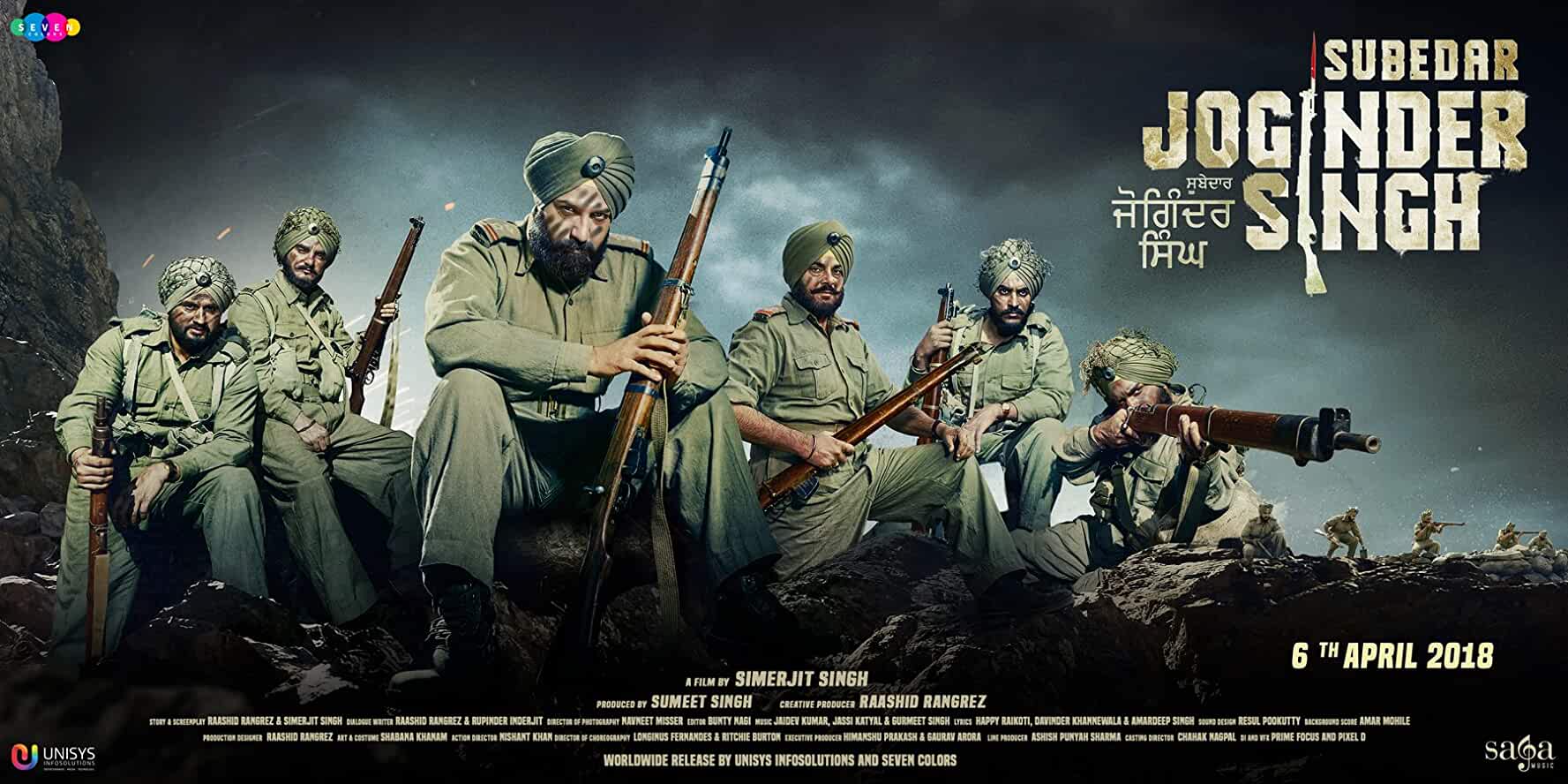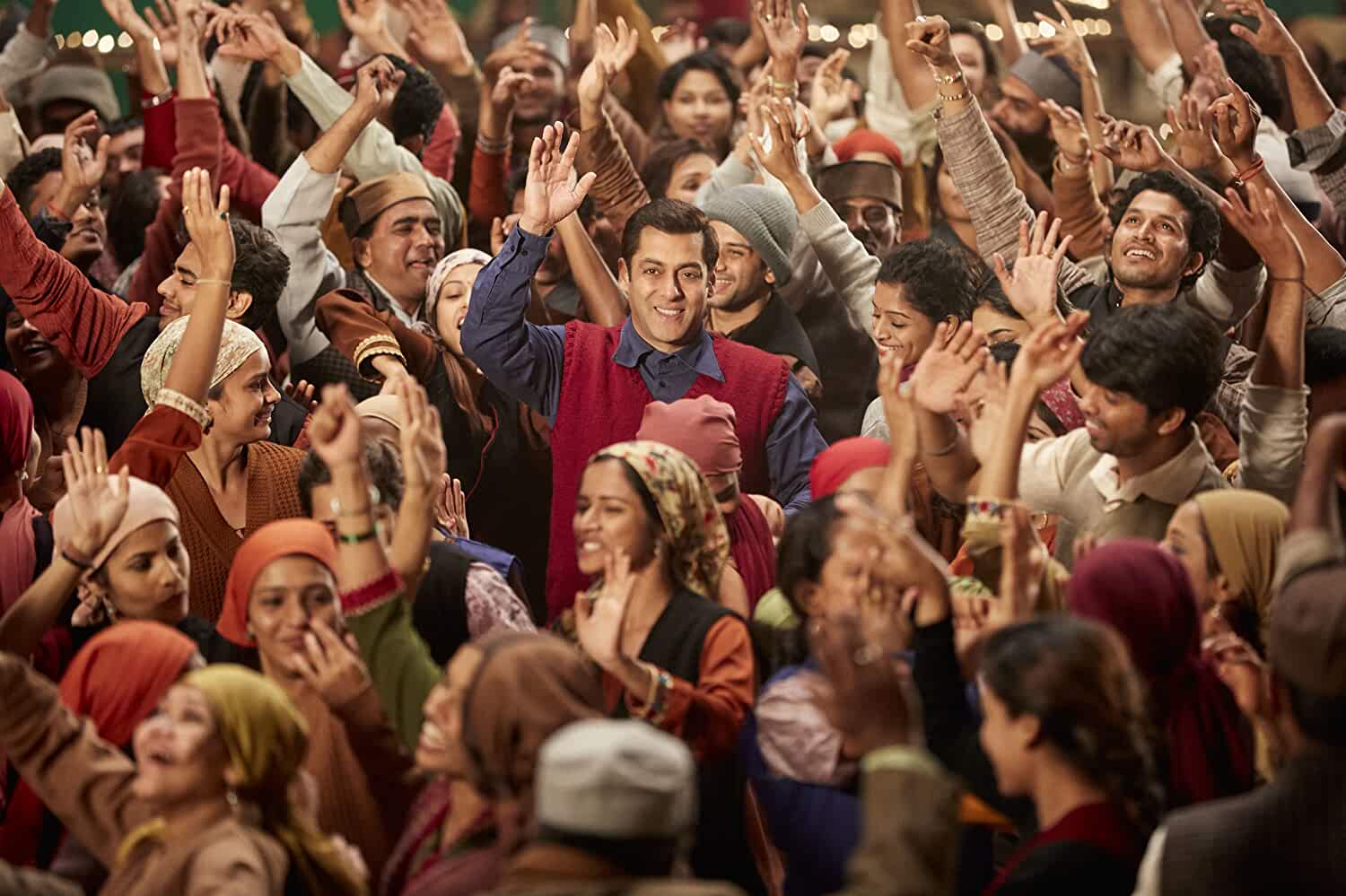



As India-China border conflict escalates, blood of the soldiers turns the landscape red and the martyrs return home in a coffin draped with the Indian flag, the mind veers off to another war. A war fought 58 years ago. The ill-fated war of 1962. A theatre of war wherein the enemy was wily and the Indian soldiers heroic. While the soldiers braved the guns, poets wrote anthems of resistance and filmmakers drafted stories of courage on their writing desks. And even when the war was over, the battle and blood were not forgotten. The 1962 war was commemorated in words, films and songs.
Aye mere watan ke logon: November 18, 1962. Rezang La (Ladakh).16,000 ft above sea level. In the haze of a frosty dawn, the battlefront thrummed with the roar of light machine guns, rifles, mortar, and grenades. At the dead centre of conflict stood a 38-year old Major commanding C Company of 13th Battalion of Kumaon Regiment. His name: Shaitan Singh. His service number: IC 6400. As the Chinese advanced, Singh scampered between platoon posts to re-organise the defences. While Indian soldiers inflicted heavy casualties on the enemy, Death was stalking the gallant Major. Disabled by wounds in his arms and abdomen, Major Singh died by a boulder. He was awarded the Param Vir Chakra and the official citation read: Major Shaitan Singh’s supreme courage, leadership and exemplary devotion to duty inspired his company to fight almost to the last man (Source: Gazette of India Notification No.68—Press/62).
Faraway from the battlefield, in his home in then Bombay, lyricist Pradeep (born Ramchandra Narayanji Dwivedi) was torn apart by the blood splattered in Ladakh, the death of Major Shaitan Singh and the futility of war. One fortuitous day while walking along Mahim Beach, lyrics began whirling his mind. As the story goes, he borrowed a pen from a fellow stroller and wrote the first stanza on the foil of his cigarette pack. The first line of the poem: Aye mere wagon ke logon, zara aankh mien bhar lo paani…. Patriotism accompanied the pentameters and Kavi Pradeep wrote the unforgettable patriotic song. Teaming with composer C Ramachandra and singer Lata Mangeshkar, the song was first sung on January 27, 1963, at the National Stadium, New Delhi. Two months after Major Singh’s supreme sacrifice, Aye mere wagon ke logon tugged at a nation’s heartstrings. Tears welled, requiems were written and the nation paid homage.

Subedar Joginder Singh: Singer-actor Gippy Grewal might not have the fiery eyes of Subedar Joginder Singh but when he raises his fist and screams Jo Bole So Nihaal in the 2018 Punjabi eponymous biopic, the memory of October 23, 1962, recurs. Of the fierce battle in Tongpen La in North East Frontier Agency (NEFA) where Subedar Singh was commanding a platoon of the Sikh Regiment. The platoon mowed two waves of Chinese attack but Subedar Singh was grievously wounded in the thigh. Refusing to get evacuated, he manned a light machine army and shot down several from the enemy troupe. Writhing in pain, Subedar Singh and his men bayonetted many Chinese soldiers. But the triumph was not his, the brave Subedar was martyred. The 41-year old was awarded the Param Vir Chakra and his bravery is retold on 70 mm screen in Subedar Joginder Singh.
Haqeeqat: 1964. Cinemas were milling with audience eager to watch a 184-minute long war film. Most had never been on a battlefront, most knew not the overtones of war, most never witnessed the devilry of a ricocheting gun. But fresh in their minds was the Sino-India war of 1962 and Chetan Anand’s film Haqeeqat was a fictional rendering of that woeful war. Starring Balraj Sahni, Dharmendra, Sanjay Khan and Priya Rajvansh, the film narrates the story of a small platoon of Indian soldiers positioned in the hilly terrains of Ladakh who wait for their devious enemies. Often rated as the best Hindi war film, Haqeeqat’s music still haunts us, specially Kar chale hum fida, a song written by Kaifi Azmi, composed by Madan Mohan and sung achingly by Mohammad Rafi. It has been 56 years, since the black/white film first screened, but the song continues as an ardent homage to the brave soldiers of the 1962 war.
Ratha Thilagam: Literally, the tilak (mark) of blood, this 1963 Tamil film starring Sivaji Ganesan and Savithri is set in the backdrop of the 1962 war. Hearing about the Chinese incursion, Manoj Kumar (Ganesan), a graduate, decides to enlist in the army and later finds out that his love interest (Savithri) is working against the Indian army.

Tubelight: Shot mostly in Ladakh, the 2017 film starring Salman Khan also belongs to the 1962 Sino-Indian war timeline. More a story of man-child Laxman Singh Bisht (Salman Khan) aka Tubelight, the film, however, does borrow the harsh realities of the 1962 war that the nation will never forget.
Himadri Mahtyam: Guru for the royal household of Bikaner and a professor of Sanskrit in Bikaner, Vidhyadhar Shastri (1901-1983) wrote the Sanskrit poem Himadri Mahtyamin 1962, the year that marked the centennial of Pandit Madan Mohan Malviya. In Mahtyam, Shastri depicts Malviya as the narrator exhorting everyone to save the Himalayas.
In Selected Poems of Sahir Ludhianvi (a multilingual edition first published in 2000), there is a mention of the poet visiting Indian military camps during the 1962 Indo-China war. Though published much before the 1962 war, Ludhianvi’s poem Parchaiyan is considered a passionate anti-war treatise.
Preeti Verma Lal is a Goa-based freelance writer/photographer.
Discover the latest Business News, Sensex, and Nifty updates. Obtain Personal Finance insights, tax queries, and expert opinions on Moneycontrol or download the Moneycontrol App to stay updated!
Find the best of Al News in one place, specially curated for you every weekend.
Stay on top of the latest tech trends and biggest startup news.